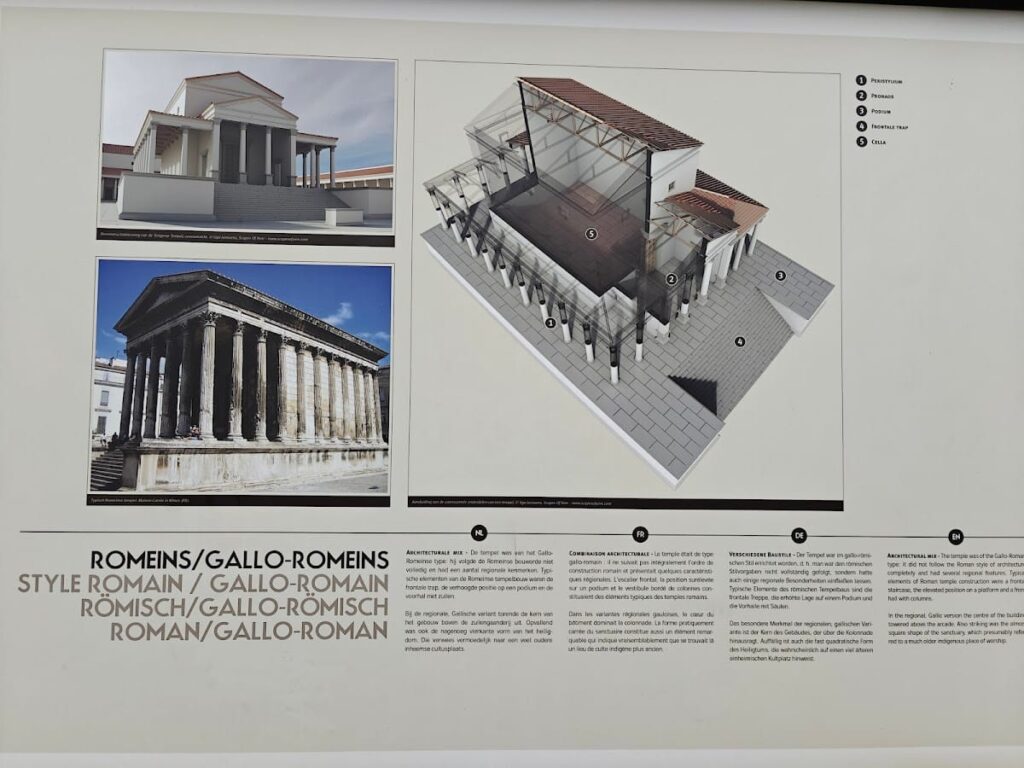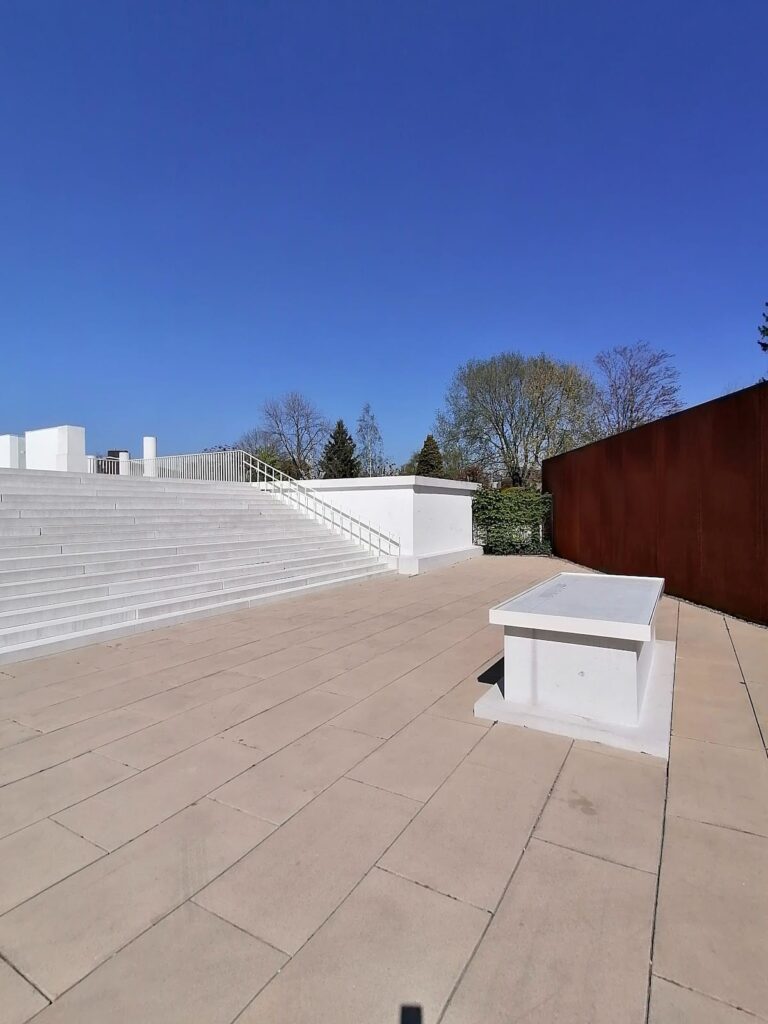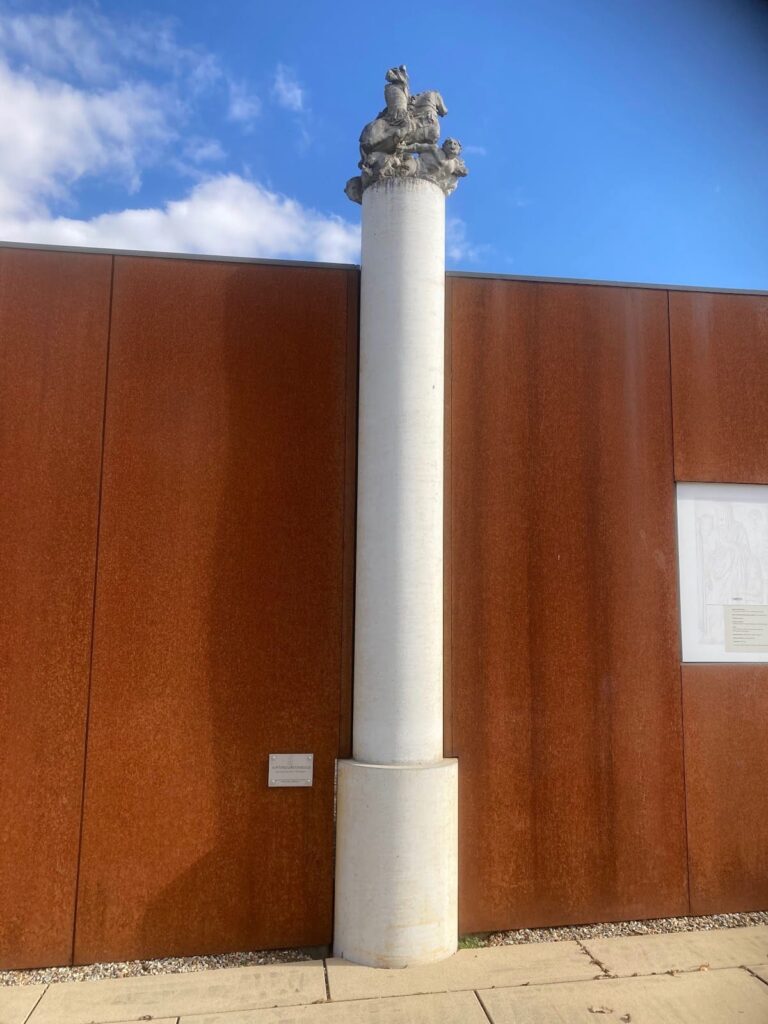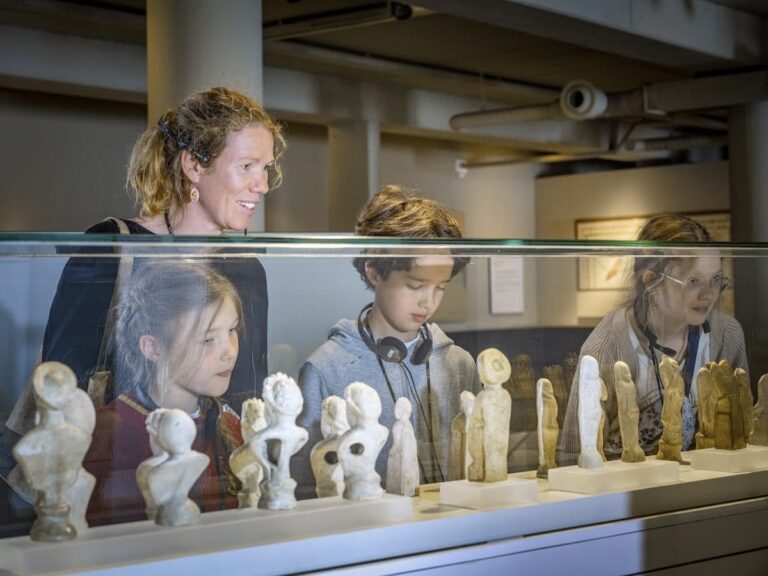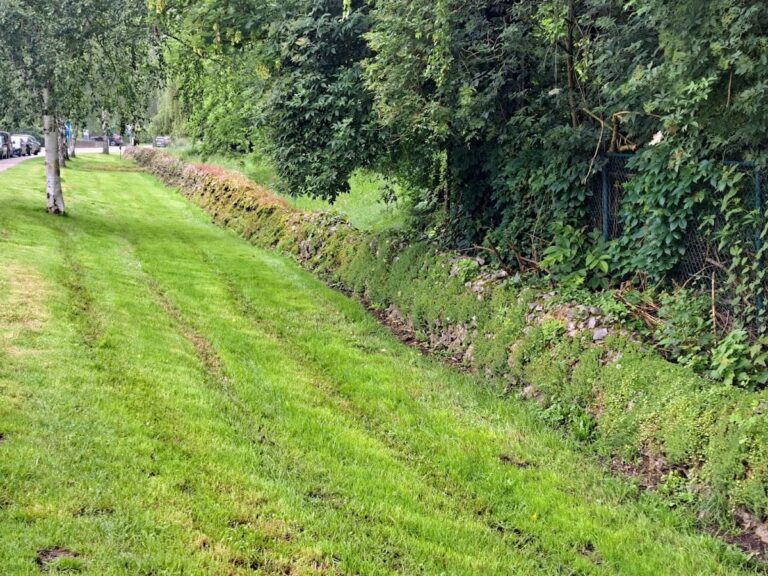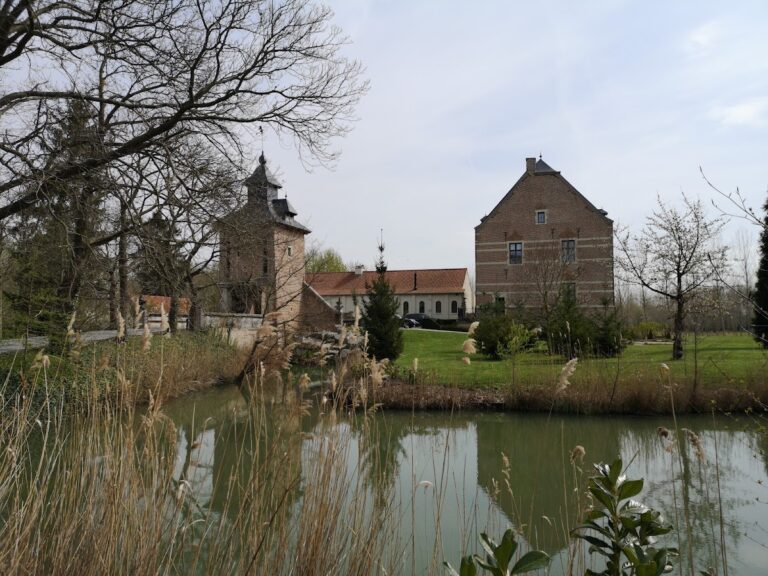Tongeren Gallo-Roman Temple Complex: An Ancient Sanctuary in Belgium
Visitor Information
Google Rating: 4.1
Popularity: Very Low
Google Maps: View on Google Maps
Country: Belgium
Civilization: Roman
Remains: Religious
History
The Gallo-Roman temple complex in Tongeren, situated in the northwestern sector of the present city near the Pliniuswal, was established by the Romanized inhabitants of the region. This site predates the construction of the city’s defensive walls, indicating its origin in an earlier phase of settlement before Tongeren’s urban fortifications were developed.
During the mid-1st century AD, the temple complex was constructed on terraces outside the initial city boundaries. Its location at the edge of the settlement and its architectural layout suggest it functioned primarily as a thermal sanctuary, possibly serving as a healing spa where visitors sought medicinal cures. The site likely continued a pre-existing sacred tradition, maintaining a long-standing religious significance in this area.
The temple remained active throughout the Roman period in Tongeren, eventually becoming enclosed within the expanded city walls of the 4th century. This incorporation reflects the northward extension of the city’s fortifications, which partially overlaid the temple complex. The temple’s decline and eventual disappearance may be connected to the ecclesiastical reforms and Christianization efforts led by Bishop Servaas during the 4th century, marking a shift in religious practices within the city.
Remains
The temple complex exhibits a terraced layout, with the main temple building positioned on an artificially elevated platform. This platform extended to the city’s enclosure wall, which also served as a retaining structure and survives to a height exceeding four meters. The entire terrace was encompassed by both the first and second city walls, reflecting the later urban expansion.
The complex consisted of three principal components: the central temple structure, surrounding colonnades accompanied by adjacent rooms, and external annex buildings. The temple stood on a raised base with a paved courtyard in front, surfaced with large stone slabs. Along the eastern side of the portico, a series of deep square pits were discovered, interpreted as offering pits used for ritual deposits.
On the northwest slope outside the main complex, several construction buildings of uncertain purpose were identified. The temple’s remains lie directly behind a preserved section of the Roman city wall. Today, the site is marked in stone on the grounds of the Koninklijk Technisch Atheneum, preserving its location within the modern urban fabric.
